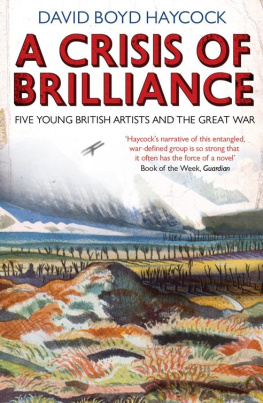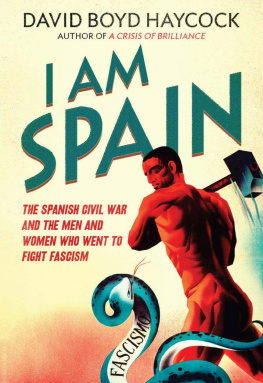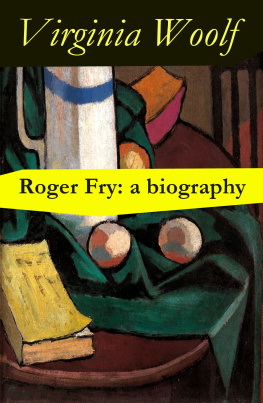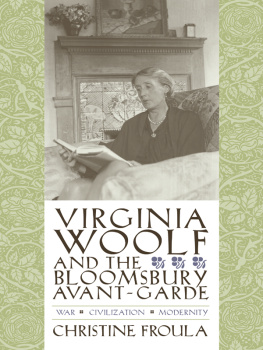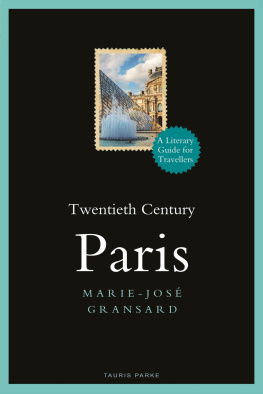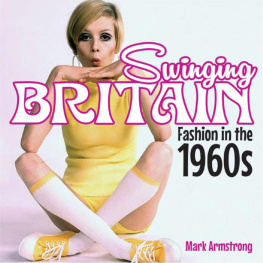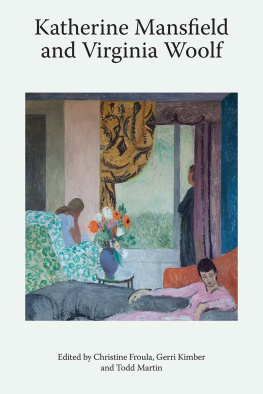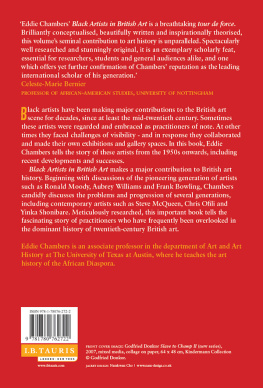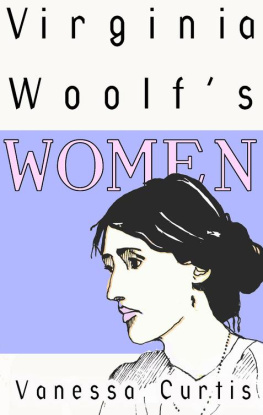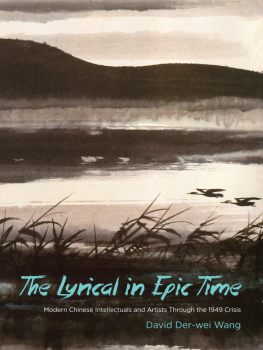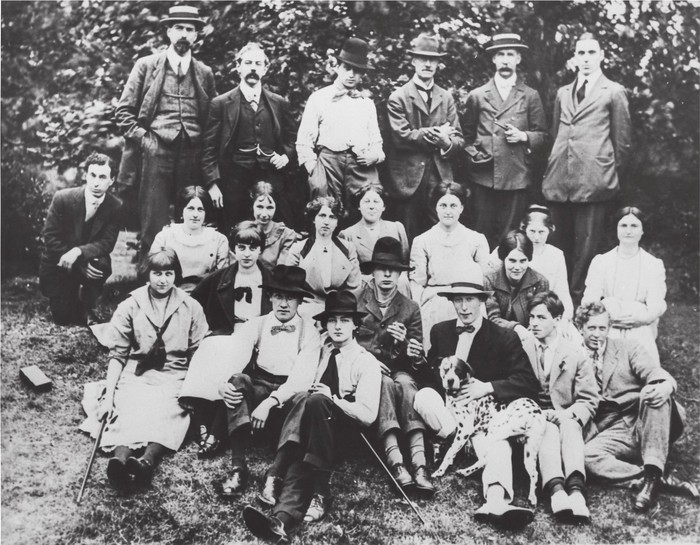Back cover images
Nevinson, Self-Portrait, 1911, oil on panel: Tate Gallery.
Gertler, Dora Carrington, 1912, gouache on paper: Edgar Astaire collection.
Spencer, Self-Portrait, 1914, red chalk on paper: Williamson Art Gallery and Museum, Birkenhead.
Rupert Lee, portrait of Paul Nash, 1913, pencil on paper: NPG.
Mark Gertler, 1917, photograph: NPG.
Frontispiece
Colour Plates (Section 1)
Colour Plates (Section 2)
Monochrome images in body of text
Spencer as a boy with his family, c.1894, photograph: Kenneth Pople.
UCL, c.1915, photograph: Mary Evans Picture Library.
Mark Gertler aged about 15, photograph: Luke Gertler collection.
Spencer: The Fairy on the Water-Lily, 1909, pen and ink on paper: Stanley Spencer Gallery, Cookham.
Carrington, Self-portrait, c.1910, pencil on paper: NPG.
The Slade Maids, 1911, photograph, Tate Gallery.
Nevinson, Factories, 1913, IWM
Carrington(?), sketch portrait of Gertler, 190911, pencil on paper: NPG.
Gertler, Currie and Dolly Henry at the seaside, Ostend, 1912: photograph, Luke Gertler collection.
Nash, The Pyramids in the Sea, 1912, ink and watercolour on paper: Tate Gallery.
Rupert Lee, portrait of Paul Nash, 1913, pencil on paper: NPG.
Nash, Apple Pickers, 1914, chalk and watercolour on paper: Cecil Higgins Collection, Bedford.
Stanley, Gilbert and Par Spencer with Lady Ottoline Morrell, Cookham, 1914, photograph: NPG.
Nevinson in uniform, photograph: Michael Walsh.
Mark Gertler, 1917, photograph: NPG.
Stanley Spencer in uniform with his brothers, photograph: Kenneth Pople.
Carrington and Lytton Strachey, c.1916, photograph: Jane
Paul Nash in uniform, 1917, photograph: Tate Gallery.
Nevinson: Sweeping down on a Taube, lithograph: IWM.
Richard Nevinson, poster: IWM.
Nash, Rain: Lake Zillebeke, print: IWM.
The Western Front, Ypres, photograph: IWM.
Paul Nash, poster: IWM.
Breathless, we flung us on the windy hill,
Laughed in the sun, and kissed the lovely grass.
You said, Through glory and ecstasy we pass;
Wind, sun, and earth remain, the birds sing still,
When we are old, are old And when we die
Alls over that is ours; and life burns on
Through other lovers, other lips, said I,
Heart of my heart, our heaven is now, is won!
We are Earths best, that learnt her lesson here.
Life is our cry. We have kept the faith! we said;
We shall go down with unreluctant tread
Rose-crowned into the darkness! Proud we were,
And laughed, that had such brave true things to say.
And then you suddenly cried, and turned away.
The Hill, Rupert Brooke
P lenty of artists, it has been observed, have tolerably easy, successful lives. In 1943, however, Randolph Schwabe looked back some forty years to his student days at the Slade School of Drawing, Painting, and Sculpture in London, and reflected that there were many amongst those he had known then who had died before the full growth and flowering
What change in character, Schwabe wondered, might have resulted in the English School if all those young Slade students had lived out their natural lives? Yet it might also be asked: how was the early twentieth-century English School forged by the very intensity of those events, experiences and personalities? Certainly there were those who were lost too young; but there were also those who through the stimulation and tribulation of the tremendous events of the years prior to 1919 rose to greater heights than they might otherwise have achieved. It is, perhaps, the paradox of those times.
The men and women who passed through the doors of the Slade between 1890 and 1910 included such famous (and now not-so-famous) names as Adrian Allinson, Vanessa Bell, David Bomberg, Dorothy Brett, Dora Carrington, John Currie, Mark Gertler, Duncan Grant, Spencer Gore, Gwen and Augustus John, Henry Lamb, Wyndham Lewis, Maxwell Gordon Lightfoot, Ambrose McEvoy, Paul Nash, Richard Nevinson, Ben Nicholson, William Orpen, William Roberts, Isaac Rosenberg, Stanley Spencer and Edward Wadsworth. Together, these men and women helped to make the Slade the foremost art school in England. In the opinion of the critic Frank Rutter, the Slade had eclipsed the Royal Academy in terms of its fertility in producing significant artists.
Whilst the Academy had constantly bolstered up the pretensions of British painters, Rutter wrote in 1922, the Slades professors and pupils have always kept their eyes on what was being done at Paris and it was Paris more than anywhere else that was at the centre of what was new
The friends and contemporaries of these Slade artists men and women who helped them to open their eyes to a wider world that transcended the conservativeness of Victorian and Edwardian England numbered some of the most influential and famous writers, artists and intellectuals of the time. To offer another long list of eminent names, they included Clive Bell, Rupert Brooke, Gilbert Cannan, Jacob Epstein, Roger Fry, Henri Gaudier-Brzeska, T.E. Hulme, Aldous Huxley, John Maynard Keynes, D.H. Lawrence, Katherine Mansfield, Edward Marsh, F.T. Marinetti, Lady Ottoline Morrell, John Middleton Murry, Siegfried Sassoon, Lytton Strachey and Leonard and Virginia Woolf. Those of the Slade artists who ventured further afield, to Paris, numbered Picasso, Modigliani and Lenin among their acquaintances.
All these names appear within the pages of this book, and what follows is a part of all their stories. But it is told through the experiences of five of the most closely linked and most successful of these young Slade students: Dora Carrington, Mark Gertler, Paul Nash, Richard Nevinson and Stanley Spencer. All five have been written about before, but perhaps not with such detailed analysis of the most formative years of their lives, or with such close attention to the relationships that acted between them.

